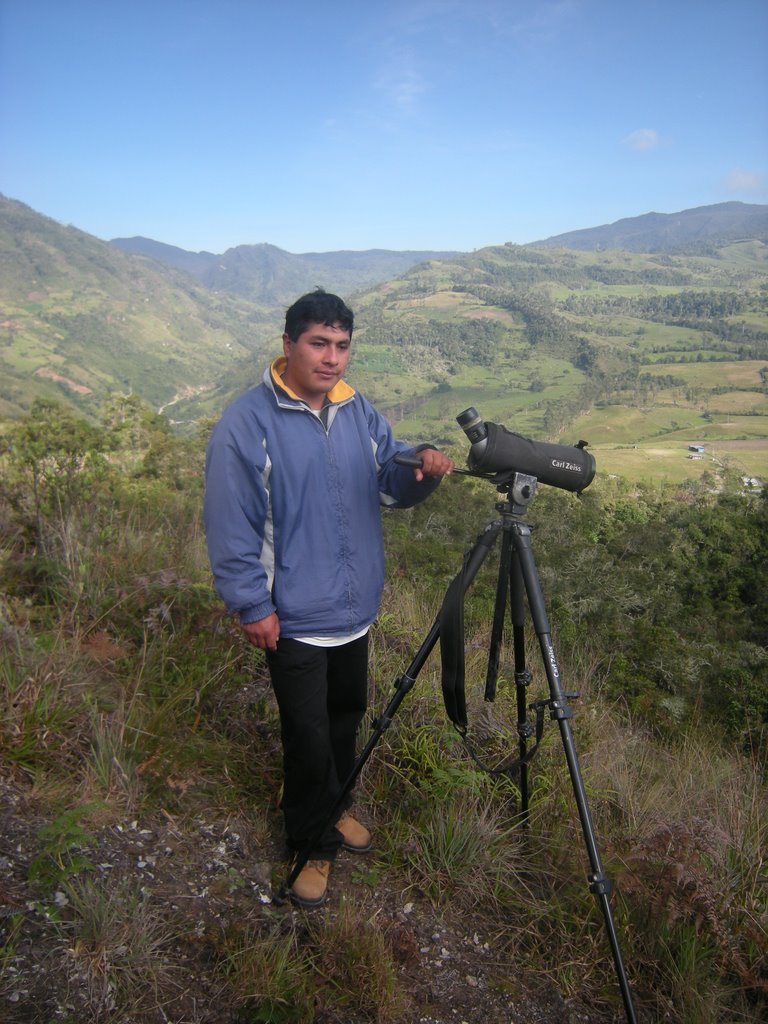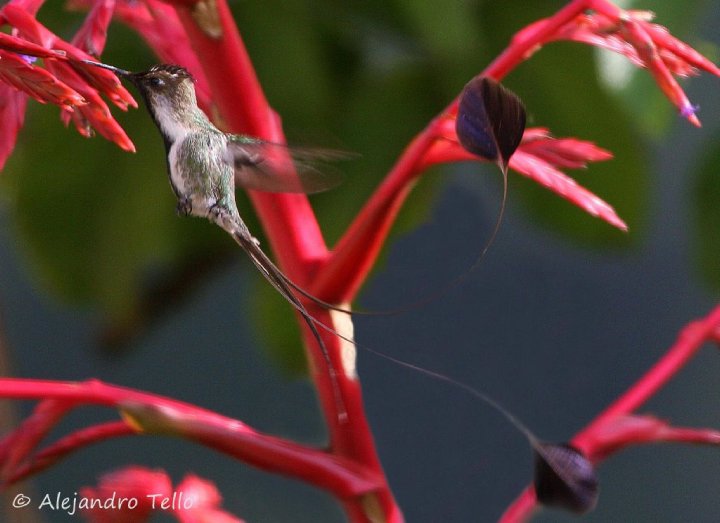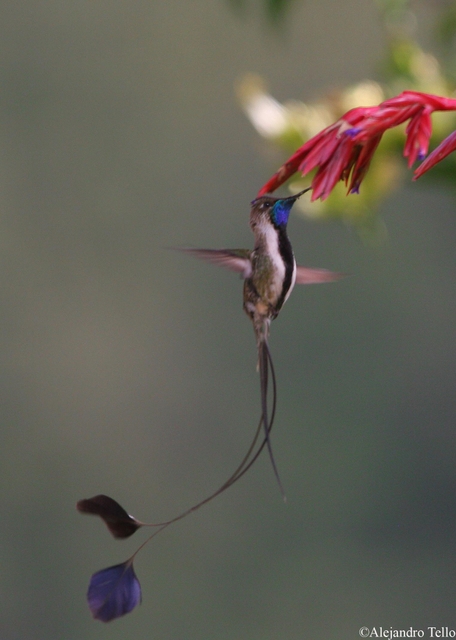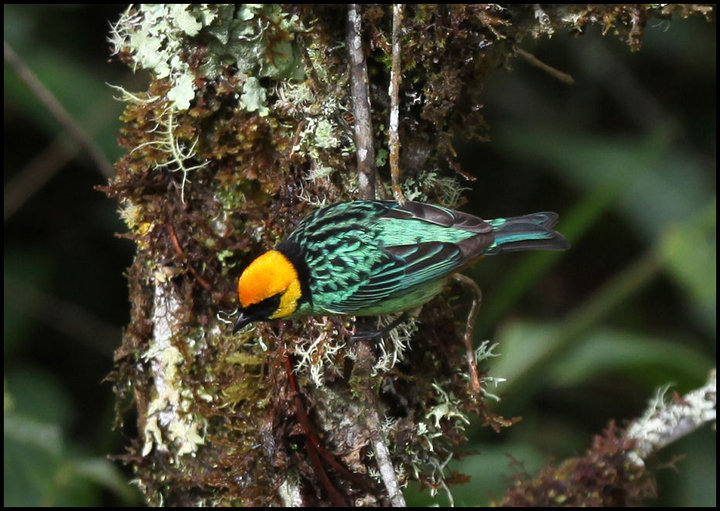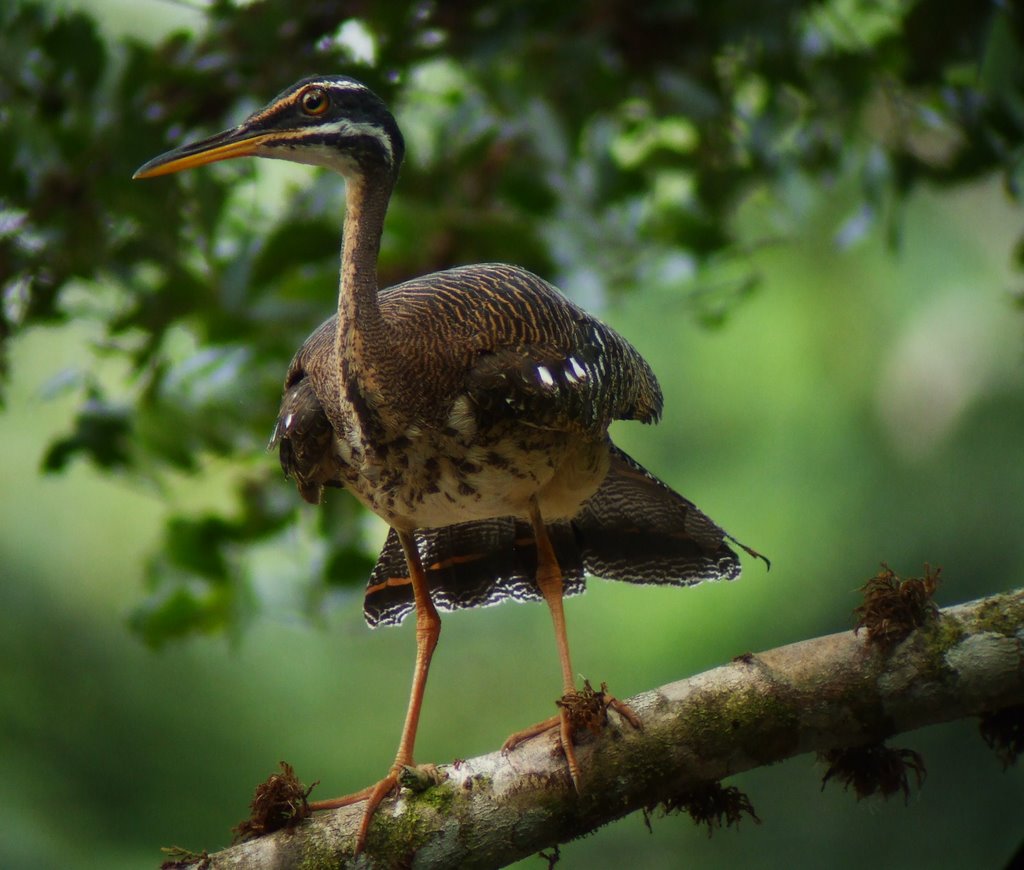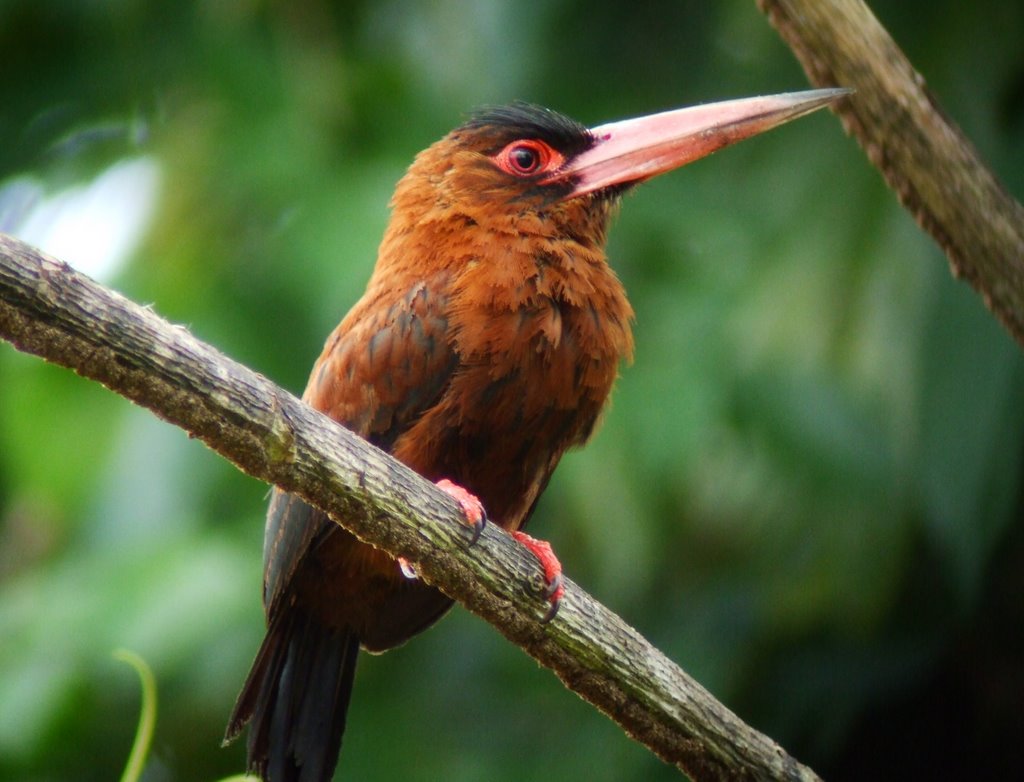- BirdLife: It's time for a turn on tuna: Fishing for tuna – a staple of sandwiches, jacket spuds and baguettes the … https://bit.ly/axotRk #
- BirdLife: EASTERN CARIBBEAN STUDENTS DRAW ATTENTION TO SEABIRDS: Three pupils from Dominica, Antigua and Martiniqu… https://bit.ly/96PAsI #
- RT @Dendroica Colorful Moths: Most of the moths I have seen so far this year have been subtly colored, with varyin… https://bit.ly/bpIl8E #
- RT @DawnFine Burros@ Red rock Canyon, Calico Basin,Vegas: Howdee all, A few forgotten photos… Taken this past w… https://bit.ly/aJMDax #
- RT @PatBumstead Marsh Diaries Part 8: This was a non-camping weekend. The World Cup moved into the second stage, a… https://bit.ly/bjHoqw #
- 10000birds: Eating tuna Sandwiches = killing seabirds https://bit.ly/aoIE6z #
- BirdLife: Nature Iraq – CBS Video: CBS '60 Minutes' Video about the work of Nature Iraq (BirdLife Partner) with an… https://bit.ly/ao2YX1 #
- RT @johnriutta Summertime Should Be for Stretching Not Sitting: Back when I was a boy, summer days meant rambling … https://bit.ly/9t0Y1t #
- 10000birds: Some June Moths https://bit.ly/cmU7lX #
- BirdAz: Home: As the dog and I rolled in to Tucson, we started wondering what the one true sign was that we were f… https://bit.ly/d1yMYK #
- ABC BirdNews: Arizona Masked Bobwhite Habitat to Get Extreme Makeover https://bit.ly/bMi3vM #
- 10000birds: Damselflies at the Calverton Ponds Preserve https://bit.ly/9iOMyV #
- Martin Reid's Photo report with the birds on his recent Peru trip. https://fb.me/DwSr8S8a #
- BirdLife: World first for vultures facing extinction: The latest news from the Vulture breeding centres in India r… https://bit.ly/cwsKLH #
- 10000birds: Time is Almost Up https://bit.ly/9GXgsl #
- RT @PatBumstead Tufted Finches?: House finches are a relatively new yard bird in southern Alberta. Their inexorabl… https://bit.ly/cvXMBH #
- 10000birds: Endangered Saker Falcon to get even rarer https://bit.ly/cxAv4p #
- RT @Dendroica Recent Beetles: Moths, butterflies, and flies are not the only active insects right now. I have also… https://bit.ly/dn1xap #
- RT @DawnFine Help for a friend: Howdee all, As most of you know our friend Linda @Rockwellatty tragically lost… https://bit.ly/aC0EcL #
- 10000birds: MLB Bird Logos https://bit.ly/dd8llr #
- Interview w Santos Montenegro who received $290 for 3 weeks work showing the BBC the display of Marvellous Spatuletail https://bit.ly/cWud2q #
- BirdLife: Bioenergy: a carbon accounting time bomb: Two new independent scientific studies cast further doubt on t… https://bit.ly/cR4yqS #
- BirdLife: NCE’s Celebration of the World Environmental Day (5th June 2010) at Al-Azhar Park, Cairo, EGYPT: On the … https://bit.ly/bUBYaJ #
- BirdLife: BSPB uses satellite technology to save eagles from extinction: The Bulgarian Society for Protection of B… https://bit.ly/bqz9pd #
- RT @Dendroica Hurricane to Disrupt Oil Spill Cleanup Efforts: Oil Slick Approaching Mississippi Barrier Islands / … https://bit.ly/d8lLOV #
- 10000birds: America’s Wetland Foundation and Big Oil https://bit.ly/aEgN7N #
- ReservoirCatz: BTO's Packham not as sexy as Michaela Strachan: Middle-aged m.. https://bit.ly/arHJVP
– discretion adviced # - BirdAz: Reptile Identification?: That’s our stove. That’s our kitchen floor. Is that a Variable Sandsnake? https://bit.ly/cVt8fA #
- This article mentions that 67 000 Brits visit Peru per year and that birding is big in Britain. In spite of this… https://fb.me/DJO7PSw6 #
- 10000birds: Where Are You Birding This First Weekend of July 2010? https://bit.ly/atsaBS #
- RT @Dendroica Chemical Changes and the Environment in the Gulf of Mexico: The Destruction of the Gulf / Photo by k… https://bit.ly/9HucHN #
- RT @johnriutta Sauvie Island Ospreys: Travel west from Portland, Oregon along U.S. Route 30 and in about ten miles… https://bit.ly/bywHlq #
- I am finding a lot of birders on Twitter I am not following yet #
- RT @DSchvejda: Michigan: Chelsea resident Eyster named 'Young Birder of the Year' by ABA https://ow.ly/25LDG #birds #birding #
- RT @FortDNorthBeach: @IBRRC a birder from Louisiana reports c 1000 heavily oil birds in a rookery cooridinates r 29.34672N, 89.86905W #
- I am scheming. Maybe I should go for the Owlet again? I could go Thursday and be back Saturday night. Noam Shany… https://fb.me/yYhdWAzw #
- I am scheming! Maybe I should go for the Owlet again? I could go Thursday and be back Saturday night. Noam Shany… https://fb.me/CkiE8pxN #
- Yay!! My guest post at @JohnHaydon has 50 retweets https://bit.ly/alzP5T How to nurture lasting friendships on Facebook #
- 10000birds: UK Salmon for dinner every night… https://bit.ly/dbH76w #
- BirdLife: Assessing Nepal's natural services: Bird Conservation Nepal and BirdLife International with funding from… https://bit.ly/cMbfDZ #
- BirdLife: Arctic-breeding birds will be among next victims of the Gulf oil disaster: For the next six months, begi… https://bit.ly/d4hYoO #
- RT @Dendroica Loose Feathers #245: Roseate Spoonbill – Grand Isle, Louisiana / Photo by kris krüg (kk+)Birds and b… https://bit.ly/cwA8f7 #
- RT @PatBumstead Nature News #14: Bird News Environmentalists are accused of having double standards in prosecuting… https://bit.ly/bU6hew #
- RT @johnriutta Butterfly Photographer’s Handbook: Of all the popular photographic subjects in nature, few can riva… https://bit.ly/bI1dx1 #
- RT @johnriutta Moby Dick, Peruvian Style: It seems that archeologists recently discovered the remains of a now ext… https://bit.ly/9ryiRC #
- 10000birds: Honduras Weekend Winners! https://bit.ly/9JNh0W #
- I posted 5 photos on Facebook in the album "Juan Chalco Pics North Peru" https://fb.me/E5ngSvr0 #
- 10000birds: Revisiting the Queens List, or, My Next Ten Birds in Queens https://bit.ly/92G62R #
- ReservoirCatz: Earth is flat, claims leading twitching magazine: Following t.. https://bit.ly/cvM8Rc
– discretion adviced # - RT @Dendroica A Few More Moths: This week, I was finally able to identify a couple moths that I had captured and p… https://bit.ly/dk1Tet #
- 10000birds: Channel Island Choughs https://bit.ly/bWiBNZ #
- BirdAz: Some Upcoming Opportunities: I’ll be leading a few field trips over the next couple of months, and hope th… https://bit.ly/d8Ssxu #
- 10000birds: Hey, ‘WANT’ USD200 off? https://bit.ly/d4oFfU #
- Show the world that you really like Kolibri Expeditions. Put a badge on your web-page or blog. https://fb.me/CDBNZ7aP #
- RT @DawnFine Happy 4th of July from Chatham, Ma: Howdee all, Just a quick hello from Chatham. Wishing you all a … https://bit.ly/9ITG6T #
- RT @Dendroica Juniper Hairstreak: Hairstreak butterflies can be difficult to identify, but this particular hairstr… https://bit.ly/9yzQ7C #
- 10000birds: Article with a Bad Title https://bit.ly/c3OAgq #
- 10000birds: Watching Birds Above the Rio Blanco https://bit.ly/cAamYo #
- BirdLife: Error reading source feed.: Error reading source feed https://www.birdlife.org/rss/news.xml: Exception of… https://bit.ly/9XddUZ #
- Happy 4th of July to all my US friends!!! #
- BirdLife: Seabird Mitigation Research Update – The Hook Pod: BirdLife's Global Seabird Programme (GSP) is working … https://bit.ly/bH5HxE #
Powered by Twitter Tools

